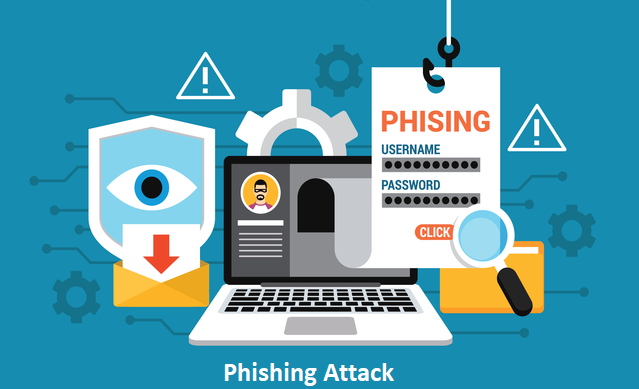Phishing Attack: How to Prevent Yourself?

Phishing has been around since the 50s, with the first malicious email of this type coming in 1995. This email contained an attachment disguised as a love letter which tricked most of the unsuspecting people it was sent to.
So what is phishing exactly? Phishing is a malicious technique based on trickery to steal confidential data such as usernames and passcodes as well as credit card details.
The assailant pretends to be an actual entity, for instance, a bank, by copying their look and feel to trick unsuspecting persons into entering their credentials on spoofed websites.
If the attack is successful, the assailant has stolen your information which they can use to commit credit card fraud, financial theft, etc. That said, let’s look at how phishing works and how you can prevent yourself from falling victim to these malicious attacks.
How Does Phishing Work?
The strategy that goes behind planning a phishing scam is quite complex. As a result, you need to understand how it happens to enable you to spot these scams.
Phishing attacks are built around social engineering, making them very effective because of the psychological manipulation involved. A phishing attack has four main parts.
- Groundwork: Looking for people to attack
- Planning: Planning the attack and acquiring tools for the attack
- Execution: Implementing the attack
- Profit: Using the stolen credentials to their benefit
Using baiting, deception, impersonation, and tailgating methods, assailants manage to convince unsuspecting people that the texts they get are genuine.
Sometimes assailants go as far as instilling fear in their victims by notifying them of an imminent crisis. An assailant’s play during an attack is to create a false sense of urgency so that victims don’t have time to counter-check spoofed texts or emails.
Once they’re successfully able to manipulate a victim, there is also the issue of the payload. Some hackers opt to attack unsuspecting persons using infected links, while others execute attach via attachments that have malware.
Unfortunately, the result is almost always the same; your data is compromised, which could land you in problems, especially if you’re using company devices.
How Can You Prevent Phishing Attacks?
2FA (Two-Factor Authentication)
2FA, also known as two-factor authentication, is perhaps the most effective strategy against phishing scams because it adds extra security when signing in to sensitive apps.
2FA is mainly based on a password (something you know) and something you often use, like your smartphone or phone number.
As a result, 2FA prevents the threat actor from using your credentials even when you’re compromised because they need more than that to gain entry.
A Strong Antimalware Software
An antimalware solution can help shield you against phishing scams. How? It’s designed to scan links and attachments for any traces of malicious code. Depending on your OS, you can download antivirus to your laptop and other devices. Upon detection, it will stop the infected file from executing. So the hacker won’t be able to compromise your device.
Note that standard antimalware or antivirus solutions can’t prevent advanced malicious attacks. So you need to invest in next-generation antimalware software because they have advanced scanning features and firewall protection to better shield your devices.
Don’t Click on Suspicious Links
Don’t click on suspicious links when browsing on your PC or smartphone. You can use an antivirus browser extension and scan the link to see if it’s okay. If your antivirus software raises a red flag, shut down your browser and conduct a full scan of your device.
Examine Emails Carefully
While it’s not uncommon for you to receive an email from somebody for the first time, it could be a phishing attempt. So when you get an email from someone you don’t know, take a moment and scrutinize it prior to opening it.
Be wary of emails that claim you must open the attachment immediately; a false sense of urgency is an attacker’s best trick.
Update Your Browser Often
Attackers sometimes exploit the vulnerabilities in outdated applications such as browsers to compromise your device. Companies such as Google and Microsoft are constantly updating their browsers to prevent you from falling victim to attacks of all kinds.
You can wait for your browser to update or use a software updater to apply updates as soon as they’re released, helping seal any gaps hackers can exploit.
Final Thought
Now you know what phishing is and how it works. But keep in mind that this type of malware can be difficult to tackle. Still, if you carefully follow the tips listed above, you can significantly minimize your risk of succumbing to phishing attacks.





